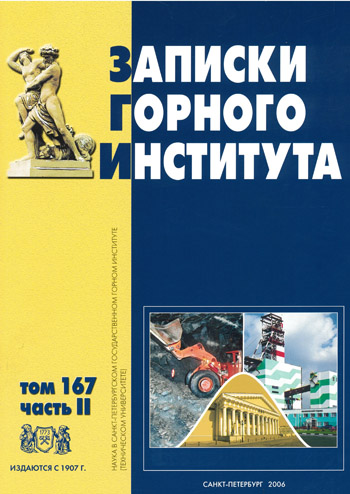Technical silicification of wood materials
- 1 — Фрайбергский горно-технологический университет, Институт минералогии
- 2 — Фрайбергский горно-технологический университет, Институт минералогии
- 3 — Фрайбергский горно-технологический университет, Институт минералогии
- 4 — Фрайбергский горно-технологический университет, Институт минералогии
Аннотация
Техническое силикатирование древесины было проведено для улучшения ее свойств (сопротивление истиранию, влагопоглощение, прочность и др.) Экспериментальные исследования проводились с использованием двух сортов древесины (дуб и ель) и трех источников кремния, включая метасиликат натрия (Na2SiO3), коллоидную суспензию кремния (CSS) и тетраэтоксилан (TEOS). Эксперименты проводились в температурном диапазоне от 40 до 80 0C при нормальном давлении в стеклянных сосудах и при высоких температурах (до 138 0C) и давлении (до 12 бар) в автоклавах. Кроме микроскопического исследования (бинокулярное, поляризационная микроскопия, растровая электронная микроскопия, катодолюминесцентная микроскопия) были произведены измерения влагопоглощения и прочности. Катодолюминесцентная микроскопия оказалась наиболее эффективным методом обнаружения распределения SiO2 внутри и на поверхности образцов древесины. Материал, силикатированный с применением коллоидной суспензии кремния и TEOS, поглощал на 40 % меньше влаги, чем необработанные образцы. Твердость по Бринеллю может быть увеличена на 100 % по сравнению с образцами из свежей древесины, благодаря стекловидным слоям кремния на поверхности образцов, образовавшимся в результате превращения золя в гель.
Литература
- Drum, R.W. 1968a. Silicification of Betula woody tissue in vitro. Science 161: 175 – 176.
- Drum, R.W. 1968b. Petrification of plant tissue in the laboratory. Nature 218: 784 – 785.
- Leo, R.F. & Barghoorn, E.S. 1976. Silicification of wood. Harvard Bot. Mus. Leafl., Harvard Univ. 25: 1 – 47.
- McCafferty, P. 1992. Instant petrified wood. Popular Science 241 (4): 56 – 57.
- Nennewitz, I., Nutsch, W. & Peschel, P. 1999. Holztechnik, Tabellenbuch. Haan-Gruiten: Nourney, Vollmer GmbH & Co., Verlag Europa-Lehrmittel. 327p.
- Oehler, J.H. & Schopf, J.W. 1971. Artificial microfossils: experimental studies of permineralisation of blue-green algae in silica. Science 174: 1229 – 1231.
- Saka, S. & Tanno S. 1996. Wood-inorganic composites prepared by the sol-gel process. Part VI. Effects of a property-enhancer on fire-resistance in SiO2-P2O5 and SiO2-B2O3 wood inorganic composites. Mokuzai-Gakkaishi42 (1): 81 – 86.
- Schultze-Lam, S., Ferris, F.G., Konhauser, K.O. & Wiese, R.G. 1995. In situ silicification of an Icelandic hot spring microbial mat: implications for microfossil formation. Can. J. Earth Sci. 32: 2021 – 2026.
- Tanno, F., Saka, S., Yamamoto, A. & Takabe, K. 1998. Antimicrobial TMSAH-Added Wood-Inorganic Composites Prepared by the Sol-Gel Process. Holzforschung 52: 365 – 370.
